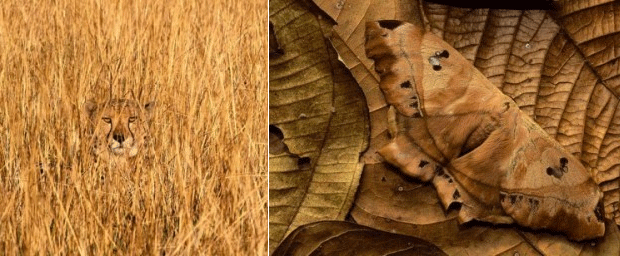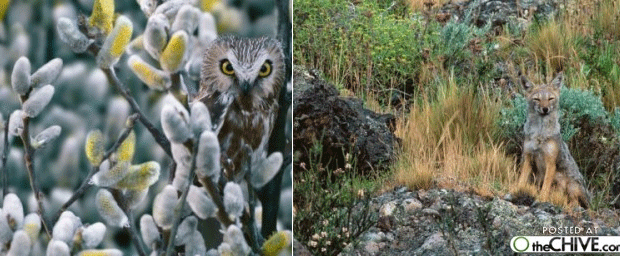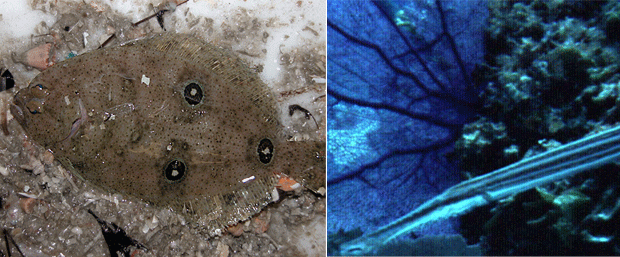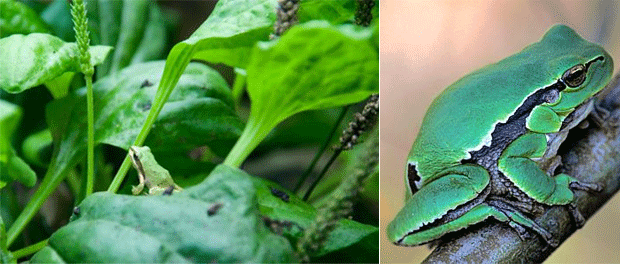The color adaptation of most animals helps them to get away from predators or catch their preys. Their color changing is not for the viewing pleasure of the humans but it has some purposes such as for protection, mating and recognition of other family members. Animal adaptation or camouflaging to match their environment is a surviving technique for these animals.
The chameleon is the most amazing animal that changes colors as to wherever they go. They are able to alter their colors and blend with nature. All the species of chameleon can shift to any colors. They are able to turn pink, red, orange, blue, green, and yellow, black, brown; or they are able to combine colors depending on where theenvironment is. All species of animals that change colors are mainly for defense or offense but the chameleon’s purpose is to really change into different colors in order to communicate with other species of and make themselves more attractive to mates.
|
The Arctic fox thick, double-layered coat is among its most effective adaptations, because of its insulating properties and its ability to change color according to the seaso; if it is summer thecoat ’s color is bluish gray and if it is winter it turns to solid white. It aids them in hunting preys and to camouflage itself from hungry predators.
The Golden Tortoise Beetle can change its color from a shiny gold color to a dull red with ladybug-spots. They are able to achieve this kind of alteration by reflecting the outer shell which is essential like tinting a window and through microscope valves it alters the moisture level under the shell.
|




No comments:
Post a Comment